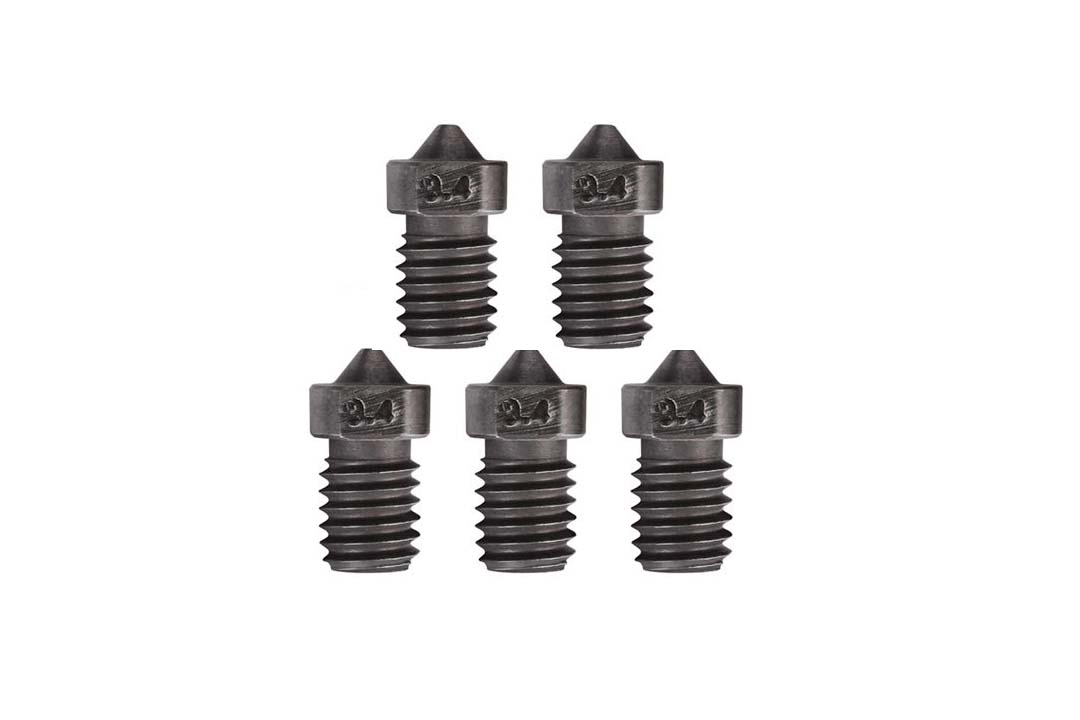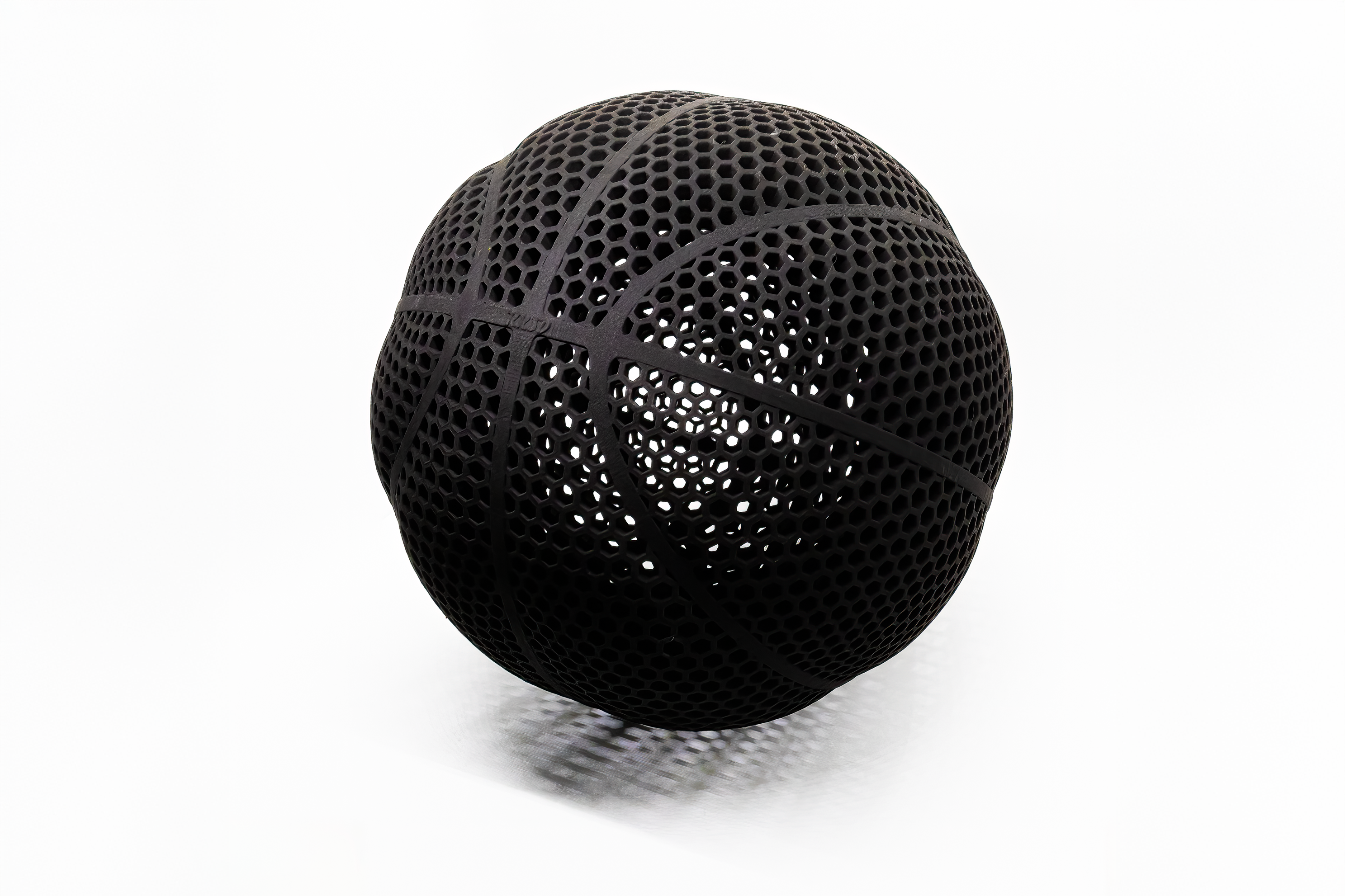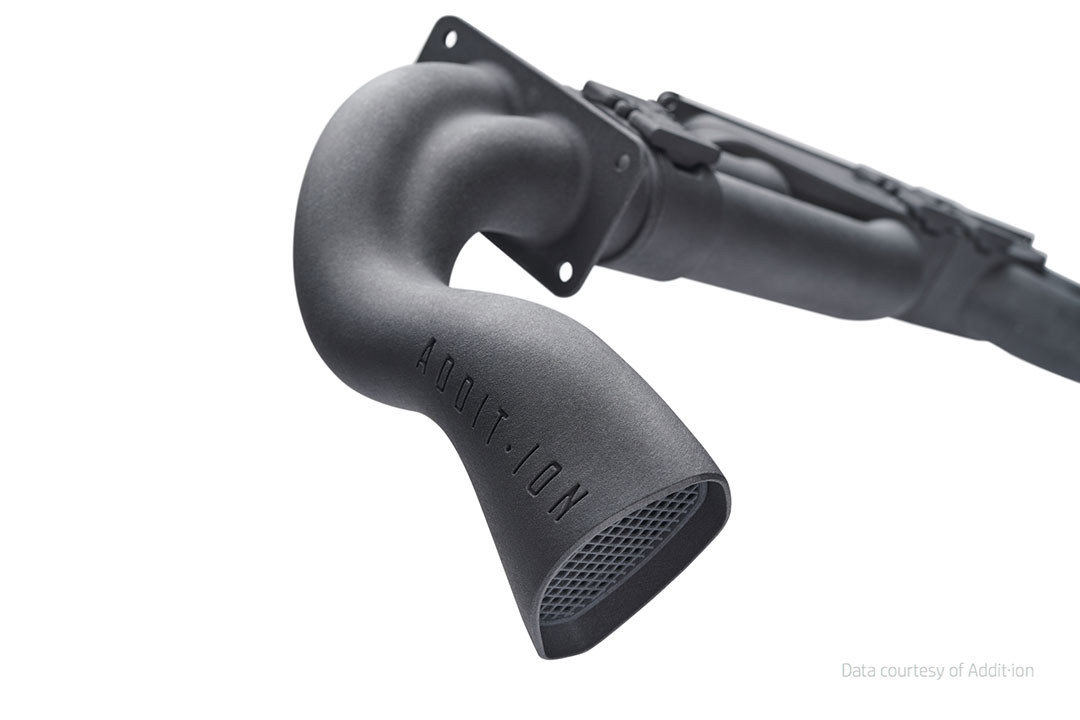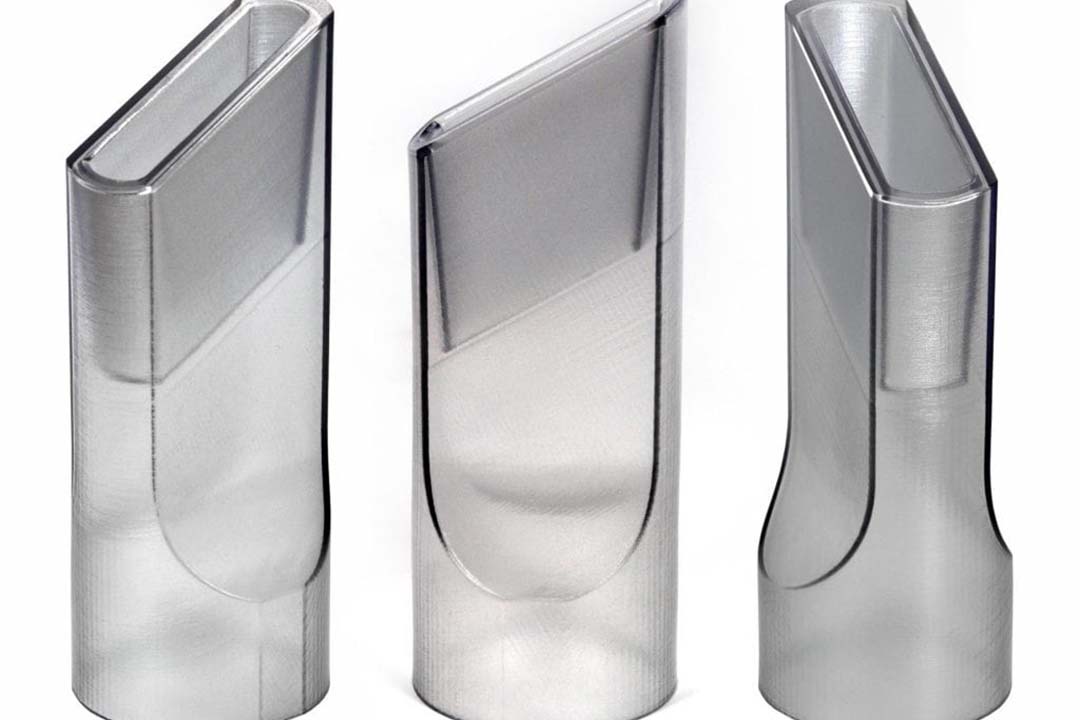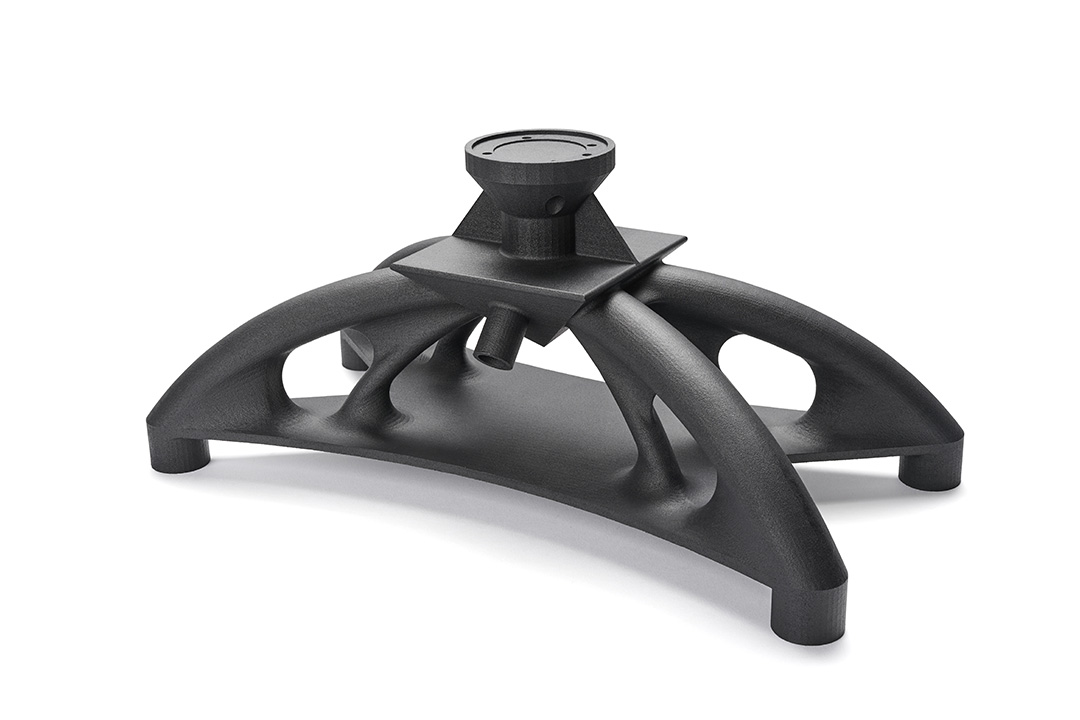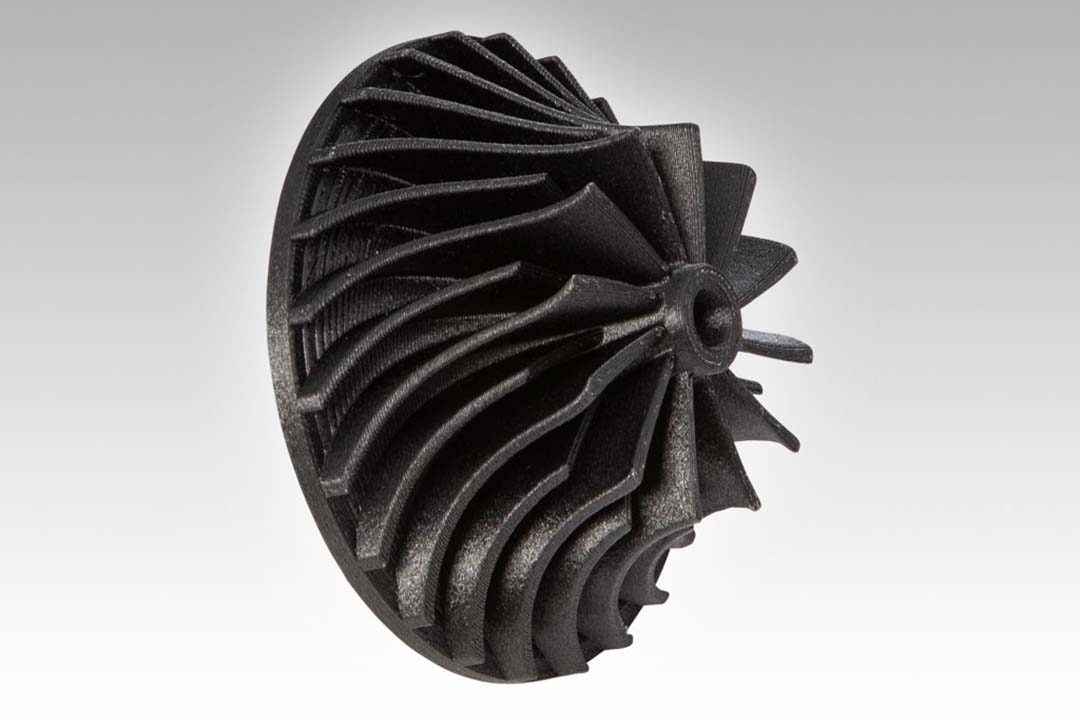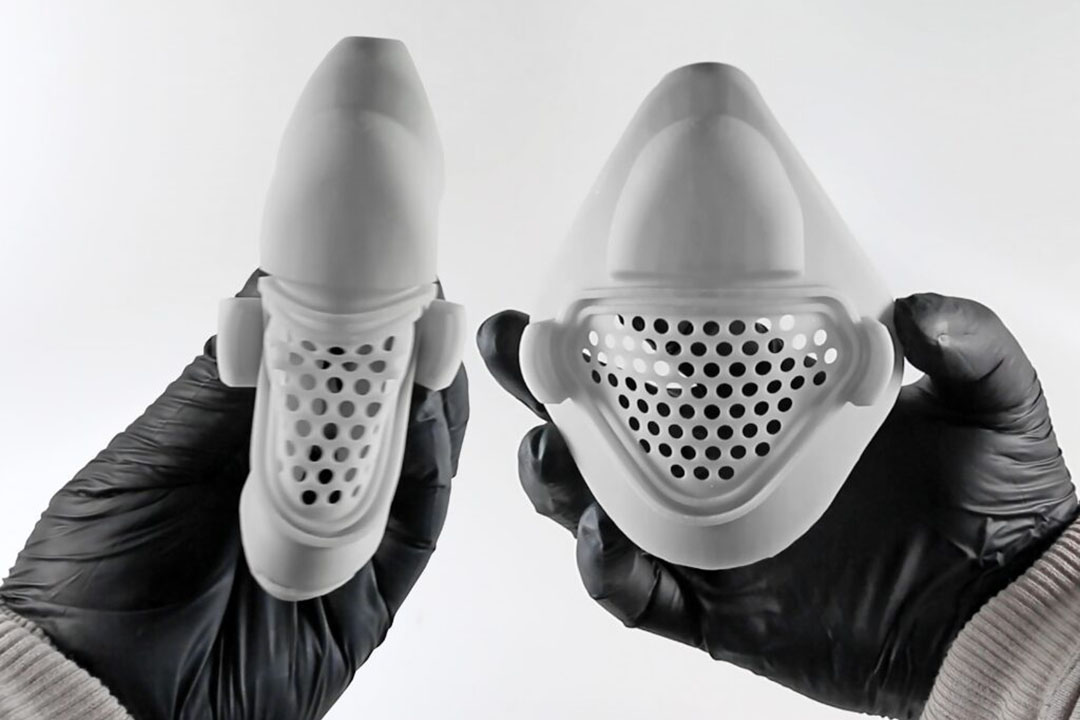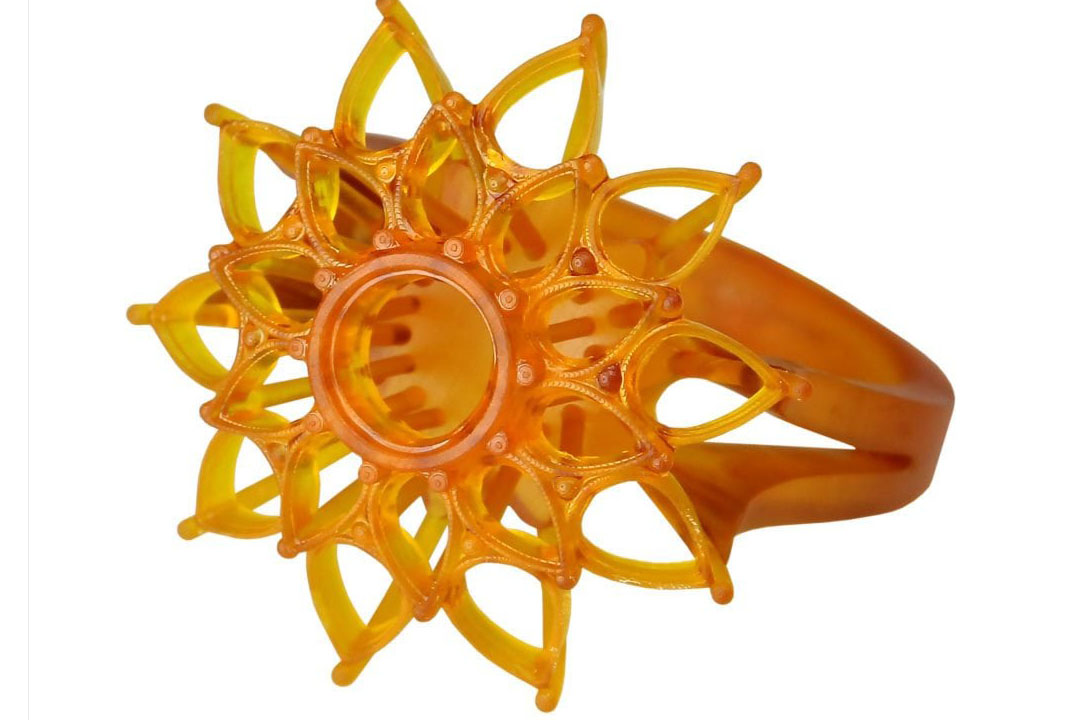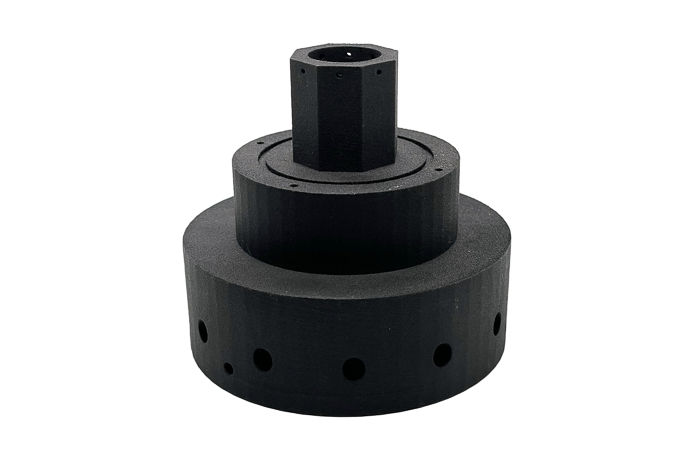Meet the pressure to innovate faster.
Roadrunner’s additive manufacturing produces products up to 10 times faster than conventional 3D printing, reducing costs and waste across industries including aerospace and defense, automotive, healthcare, and entertainment.
Revolutionizing Manufacturing
Smarter
Faster
Greener
Cost effective
3D printing is changing the way things are made
Healthcare
Aerospace & Automotive
Federal & Defense Agencies
Consumer Goods
Entertainment
Pairing the benefit of industry experience with the agility of a startup mindset
Our 3D print digital manufacturing center removes the barriers to fabricating products, creative productions, or parts for ongoing needs. We deliver anything from quick-turn prototypes to repeatable, production-grade manufacturing for end-use parts. Roadrunner can help with engineering and design or focus on perfecting the real-world production of innovations brought to us. Roadrunner 3D exists to empower innovators and creatives across sectors.
The roadrunner, our mascot, is a common native bird that moves fast and isn’t afraid to explore or strike when others might fly off in fear.
Idea Hub
Why 3D Print
From the variety of materials to the ease of making design changes to the cost savings, there are many great reasons to 3D print.
Additive Manufacturing: A Solution for Part Obsolescence
Advances in additive manufacturing allow operators to 3D print replacement parts and get machines up and running quickly.
Designing for Additive Manufacturing
Learn the principles of 3D printing design and how to overcome the challenges of producing quality prototypes rapidly with additive manufacturing
Case Study
How to control manufacturing efficiency
In the manufacturing environment, efficiency and predictability of the process is key to guaranteeing the production plan and optimizing the manufacturing cost of the final product. There are several methods and metrics that have been developed over the years to track different factors that influence the process, such as cycle time and critical performance parameters. These parameters are used to detect any deviation of the process performance as soon as possible to guarantee a reliable performance. The Overall Equipment Efficiency (OEE) is a metric that integrates the tracking and control of the entire end-to-end manufacturing process, enabling the quick detection of any deviation that appears in any point of the process.

